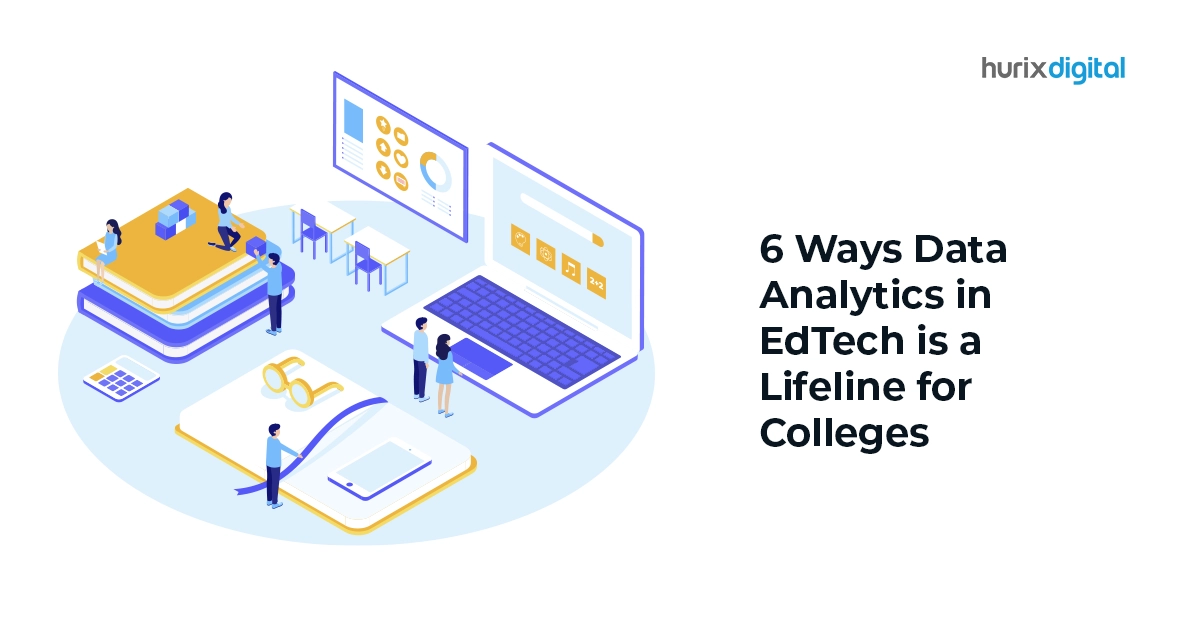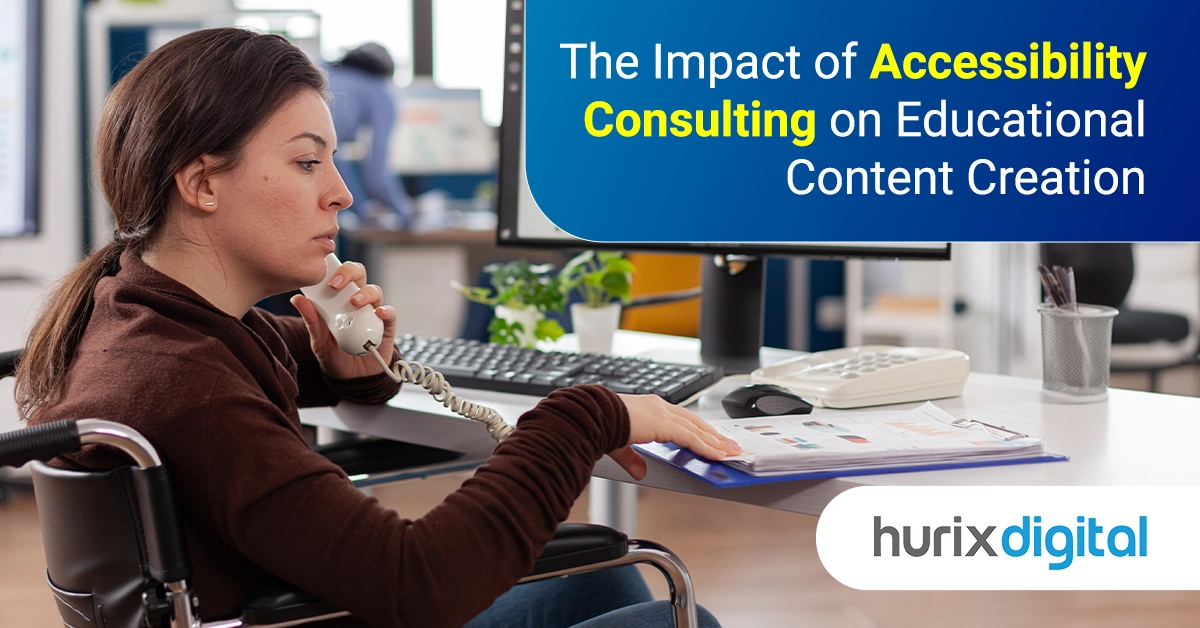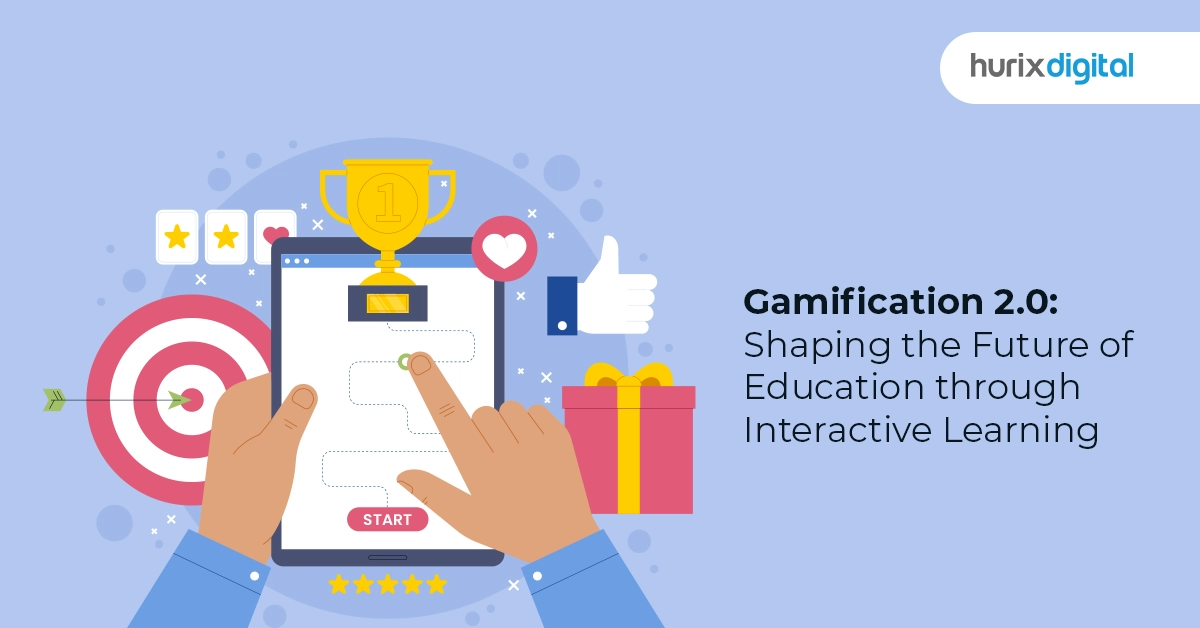
5 Ways Data Analytics in EdTech is a Lifeline for Colleges
Summary
In the last five years, the enrollment cliff has emerged as a major concern for colleges. This phenomenon refers to the ongoing trend of falling enrollment rates in college admissions in the USA.
The genesis of the enrollment cliff began in 2008 when the financial and emotional stress of the global subprime crisis-led recession resulted in a decline in birth rates. As a result, the college population in the USA fell from 19.9 million to 18.2 million between 2017 and 2022. Private colleges were especially impacted, as 2017 recorded the highest enrollment of 7.8% in public colleges. However, even this figure fell to 7.6% in 2022.
The college student population is expected to dip even further by 15% between 2025 and 2029 in the USA and will continue to decline until 2040.
In the face of such declines, colleges are seeking ways to attract students, deliver superior education, and churn out professionals who excel. The effective use of data analytics in EdTech can prove to be a game-changer. This tool can help colleges stay relevant while delivering a mix of cost-effective hybrid and online educational programs.
Table of Contents:
What is Data Analytics in EdTech?
The enrollment cliff has greatly impacted the admission rates of colleges in the USA, threatening their ability to survive in a fast-changing digital world.
Data Analytics in EdTech refers to AI-powered digital tools that enable educational institutions to leverage data to survive and thrive despite this reality.
For example, the adoption of a superior Learning Management System (LMS) enables colleges to create, publish, and distribute engaging learning programs digitally. Built-in higher education analytics allow colleges to enhance their enrollment and retention rates and predict the future success of students.
The use of such digital tools enables colleges to disrupt the status quo and reimagine the way they deliver education while also expanding their student base globally.
Also Read: Can GPT-4 Revolutionize Education? Exploring the Pros and Cons
5 Data-Driven Enrollment Management Strategies
In the digital age, colleges need to adopt multi-pronged, data-driven enrollment strategies to navigate the enrollment cliff effectively.
1. Digital Transformation
Today, every sector is embracing digitization to bring efficiency, excellence, and data-centricity to operations. By digitizing various processes – from admissions and learning to communication and monitoring of student progress – colleges can deliver a superior experience to incoming students.
For instance, colleges can deliver virtual tours, introduce AI-powered chatbots that offer information quickly and efficiently, and a superior onboarding experience for new students. The adoption of a cutting-edge LMS can help colleges centralize and streamline operations from a single, unified platform.
This shift enables colleges to run cost-effective operations, automate the learning lifecycle of students, optimize the utilization of resources, monitor student progress, boost communication frameworks, and make data-driven decisions.
Such a system also allows colleges to adopt a statistical technique known as predictive modeling in enrollment. As the name suggests, colleges can use technology to predict if a student will successfully enroll in programs.
2. Deliver Inclusive Educational Experiences
Traditionally, college education has excluded several demographics of students due to geographical and accessibility barriers. By making education accessible, colleges can attract more students and grow enrollment numbers. In-depth student demographics analysis indicates that students with mobility challenges, learning disabilities, and hearing and visual challenges are unable to enjoy a high-quality education.
A superior LMS comes with web accessibility features that eliminate traditional barriers and create equal learning opportunities for all. Best practices include speech-to-text and text-to-speech facilities, read-aloud, adjustable fonts, adjustment of screen brightness, geo-location services, video captioning, and using ALT-text for image descriptions.
Today, colleges can also consider making learning resources available in multiple languages. A top-notch LMS can automate the process and also support languages with a right-to-left script, thus catering to untapped student markets. Accessible programs also provide an attractive spin to higher education marketing campaigns because they build a foundation for a more inclusive world.
3. Introduce High-impact Virtual Programs
Data analytics in edTech indicate that the global eLearning market is expected to grow to $841.3 billion by 2030 at a compound annual growth rate of 17.53%. One way to capitalize on this trend is to introduce 100% virtual programs that can reach students across the world.
Geography has traditionally been a major barrier to learning. Many students lose out on a superior education due to the costs and logistical challenges involved. However, today, students can build skills and competence via a completely virtual learning experience.
Early investments in enhancing the digital experience allow colleges to offer completely virtual programs to students across the world. With the help of AI-driven student recruitment analytics, build a stronger strategy to attract and retain virtual students from across the country and the globe. Introduce mobile-first, engaging courses based on global competency needs that close the gaps in global education.
4. Build Sustainable Student Engagement
Students are looking to be more engaged in their programs. The traditional lecture style and assessment model of colleges are no longer attractive enough to drive enrollments. Colleges need to encourage higher engagement through a mix of strategies.
These include a mobile-friendly learning experience, an on-demand digital library, access to bite-sized multimedia content, gamified learning, and the opportunity to build skills through projects and live simulations. A superior LMS enables educators to create, publish, and distribute learning content seamlessly.
They can offer personalized learning paths and detailed and instant feedback. Curriculum development can be a data-driven process, which is based on AI-based predictive analysis of learner performance.
5. Effective Student Retention Strategy
When a student joins a college, it’s not a done deal that they will stay for the entire program. Some drop out when they get admission to another college. Others leave mid-way or even just before graduating due to myriad reasons. By designing a superior student retention strategy, colleges can increase retention rates, thus bringing down enrollment costs.
For instance, a combination of mentoring, academic support, nurturing student communities, offering flexible payment models, and boosting interactive student engagement can increase retention.
The adoption of enrollment management software gives colleges access to retention analytics, allowing them to shape their strategy based on real-time data.
Read EXCLUSIVE Story: Hurix Digital Develops Accessible Math Videos for K12 Students
Conclusion
As colleges become data-driven, they will be able to stay more relevant to a learner’s needs, preferences, and aspirations. The adoption of data analytics in Edtech enables them to make their courses accessible and agnostic of geographical barriers. They can navigate the enrollment cliff and continue to expand their footprint and legacy in the evolving digital economy.
Colleges looking to deliver high-quality hybrid education and leverage data analytics in EdTech to stay relevant must make early investments in superior technology. Hurix Digital is geared to support you in delivering on your goals. Our state-of-the-art LMS is available both as a licensed version (one-time buy) and via a subscription model.
Get in touch with us to start a conversation.

Senior Vice President
A Business Development professional with >20 years of experience with strong capability to sell new solutions and develop new markets from scratch. New Market Entry Specialist with experience of working in two of the largest emerging markets – China & India. Also covered other key markets in APAC, US, EU & ME. Exceptional experience of conceptualizing, ideating and selling new learning technologies like VR AR, etc. across multiple industry verticals.








